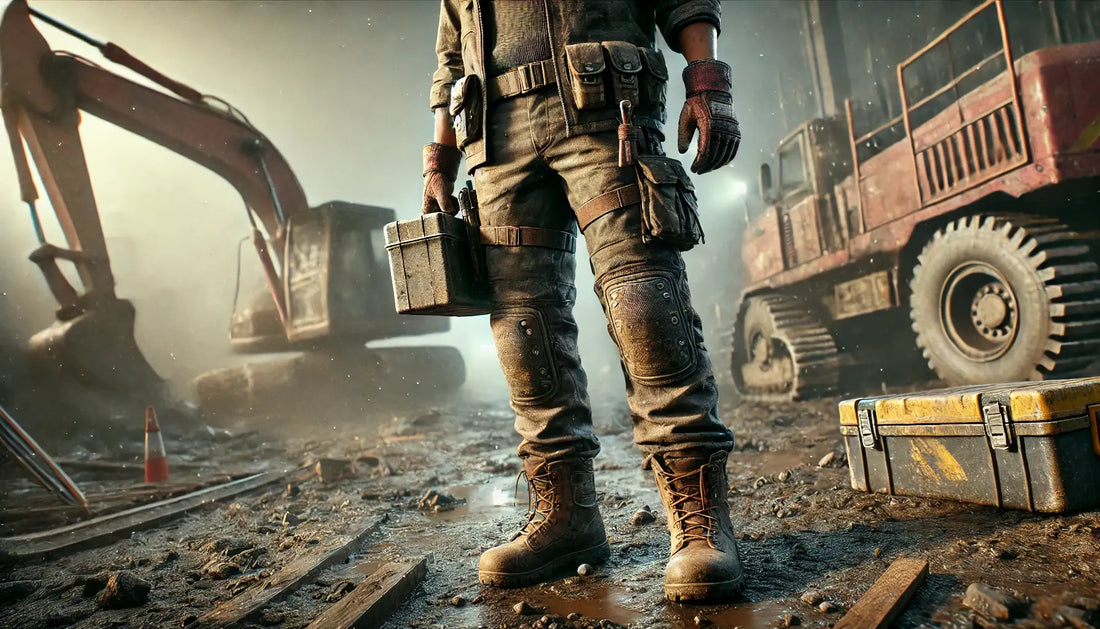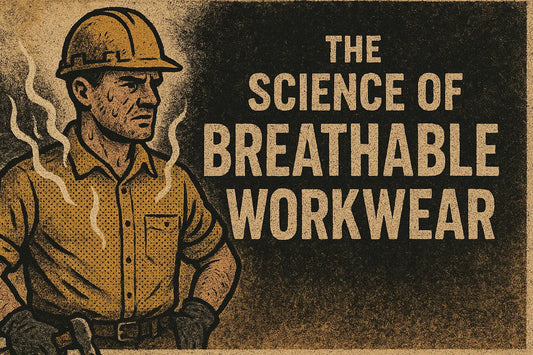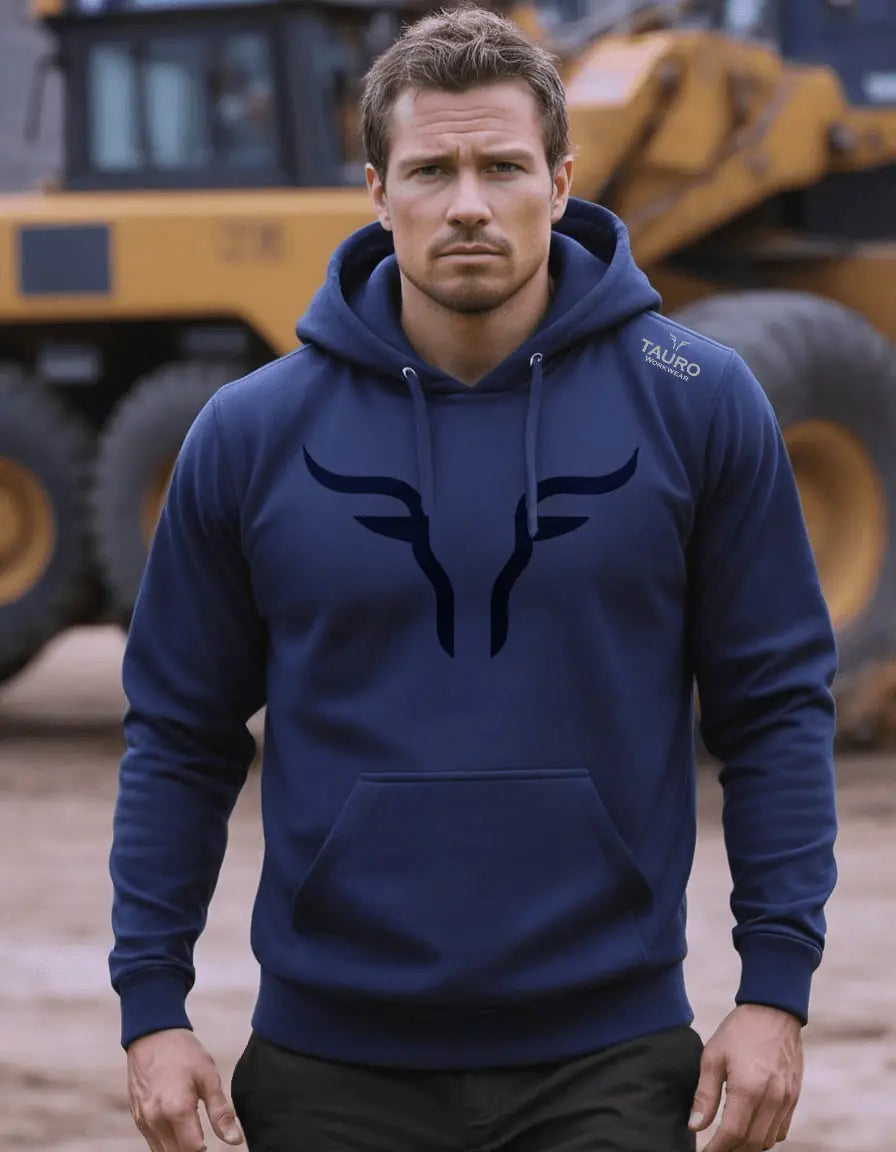
Best Value Workwear: Quality on a Budget
Welcome to our in-depth exploration of how to find the best value workwear on the market. This article is designed to help you cut through the noise and choose workwear that delivers long-term savings through durability and reliability, rather than cheap shortcuts that ultimately cost you more. Think of this as a tradesman’s guide to budget-friendly, high-quality workwear—written in plain English but backed by proper research, real-world examples, and a bit of on-site banter.
Why Value Matters in Workwear
The Cost of Cheap Alternatives
We all know that moment: you realise the trousers that seemed like a steal develop a tear after just a few shifts. Although cheaper gear might help the cash flow in the short term, it can seriously hamper your productivity in the long run. Replacing torn or battered clothing on a frequent basis could end up costing you more than if you’d splurged on higher quality from the start.
According to an analysis by the Builders Merchants Federation (BMF), a trend in the construction and trades sector is the increasing emphasis on total cost of ownership. For footwear, for instance, if you buy a pair of cheap boots that last three months, you may need to buy four pairs a year. If you buy a quality pair of safety boots for double the price but they last twelve months, you’ve saved money overall.
Productivity and Morale
Poor quality workwear doesn’t just hit you in the wallet; it can also reduce your efficiency on site. Whether you’re a plumber, electrician, or general builder, the wrong gear slows you down if it’s uncomfortable, ill-fitting, or lacking vital features such as kneepad pockets or secure tool pouches. Tradesmen often say that the “right kit” keeps them focused on the job, rather than fussing about kit failures. This aligns with findings from Construction Industry News that highlight the importance of investing in workforce comfort to boost productivity.
Health and Safety Considerations
There’s a strong safety component to consider as well. Sub-par clothing can increase accident risks on site. For example, boots without adequate traction or steel toes can be a liability, not a saving. According to Building.co.uk, health and safety compliance continues to top the list of concerns in the UK construction industry. Cheap items that don’t meet regulations could cause bigger financial hits down the line if an accident occurs.
The Key Elements of Best Value Workwear
“Value” isn’t just about the price tag. It’s a balance of quality, durability, safety, and cost. With that in mind, let’s discuss which specific aspects you should look for when determining value:
- Fabric Quality and Durability – Look for thick, rip-stop materials in trousers, jackets, and overalls. Reinforced stitching and sturdy zips can extend life.
- Water Resistance and Weatherproofing – In the UK, work clothes need to handle a rainy climate. Waterproof or water-resistant coatings can help you stay warm and dry—vital for health and comfort.
- Comfort and Ergonomics – Stretch panels, articulated knees, padded collars, and breathable fabrics make a massive difference to your day-to-day experience on site.
- Safety Features – Steel or composite toe caps, slip-resistant soles, kneepad pockets, high-visibility panels, flame resistance, etc., depending on the job’s demands.
- Maintenance and Care – Garments that withstand frequent washing and harsh site conditions, like cement dust or oil, are worth more in the long run.
Brand Comparison Chart with Cost Analysis
To help illustrate the concept of “pound for pound” best value, here’s a quick comparison of popular workwear brands in the UK, focusing on trouser and boot costs, durability estimates, and key features. Prices are approximate and may vary based on current offers or retailers.
| Brand | Approx. Price Range (Trousers) | Approx. Price Range (Boots) | Durability Estimate | Key Features | Overall Value (1–10) |
|---|---|---|---|---|---|
| Tauro Workwear | £40–£60 | Footwear not listed | 12–18 months | Reinforced stitching, flexible rip-stop fabrics, ergonomic designs | 9 |
| Dickies | £25–£40 | £35–£60 | 6–12 months | Well-known brand, basic reinforced areas, wide product range | 7 |
| Snickers Workwear | £45–£70 | £60–£90 | 12–18 months | High durability, advanced stretch panels, multiple pocket configurations | 8 |
| Regatta Professional | £20–£40 | £30–£60 | 6–12 months | Budget-friendly, weatherproof options, widely available | 6 |
| DeWalt | £35–£60 | £50–£90 | 9–12 months | Heavier fabrics, slip-resistant boots, brand recognized in the construction sector | 7 |
Note: Durability estimates assume regular use under typical construction or trades environments. Actual lifespan can vary based on care, frequency of use, and job intensity. For example, if you’re constantly on your knees installing floors, trouser knees will wear faster.
Why Tauro Stands Out: While there are plenty of established brands in the market, Tauro Workwear focuses on high-grade materials, well made products, and designs that prioritise both comfort and longevity. This often translates into a slightly higher initial cost for certain items, but less frequent replacements over time.
Dissecting the Categories: Where to Spend and Where to Save
Work Trousers
Arguably the staple of every tradesman’s wardrobe, a pair of work trousers needs to endure plenty of abuse—kneeling, climbing, scraping, and carrying. When you’re on your knees fitting tiles or rummaging in a corner with a torch, the last thing you want is to feel a seam tearing. Reinforced kneepad pockets, thick belt loops (for tool belts), and quality stitching are non-negotiable.
These trousers come with reinforced pockets, are made using tough stretch fabric, and offer an ergonomic slim fit. They’re also designed to be easy to wash, which means they stand up to dust, debris, and frequent laundering.
It might be tempting to snag a pair of cheaper, generic cargo trousers. While they might do in a pinch for a quick one-off job, the day-in, day-out demands of professional trades will quickly prove their limits. According to The Construction Index, everyday clothing in rough conditions needs to be at least double or triple-stitched for maximum longevity.
Work Jackets and Outerwear
The UK weather is famously unpredictable: sunshine one minute, downpour the next. You need outerwear that can adapt quickly. If you’re investing in a jacket, consider water resistance, breathability, and insulation. A jacket is one category where paying a bit more can save you from shivering on site or having to buy multiple layers.
A softshell or hoodie might be cheaper, but won’t provide the same protection in extreme weather. If your work regularly involves open-air sites—perhaps you’re a bricklayer who can’t dodge the rain—spending on a durable, waterproof jacket is wise. The insulation also ensures you’re not wasting time warming up in a corner, so you can remain productive and comfortable.
Safety Footwear
No item of workwear is arguably more critical than your boots. They protect your feet from heavy impacts, sharps, and the elements. Investing in a reputable brand can save you from injuries, downtime, and repeated replacement costs.
Top Tips for Finding Value:
- Look for EN ISO 20345 compliance – This is the standard for UK safety footwear.
- Consider composite toe caps – They’re often lighter than steel but still offer robust protection.
- Check the midsole – Look for anti-penetration materials like Kevlar or steel plates if you work around nails and sharp debris.
A real-world example cited in BBC Construction Sector Insights discussed a site foreman who managed to halve his workforce’s foot injuries simply by upgrading from budget boots to mid-range, standards-compliant models. The short-term cost was higher, but he saved money by cutting back on injury-related downtime and replacements over the year.
High-Visibility Clothing
For trades that operate near heavy machinery or in low-light conditions, hi-vis clothing isn’t just a safety measure; it’s a legal requirement in many cases. The best value hi-vis gear balances brightness, reflective strips, comfort, and durability.
Building.co.uk notes that hi-vis compliance has become increasingly strict, with many contractors requiring Class 3 coverage for workers near roads or traffic. Choosing a vest or jacket that ticks the right boxes ensures you won’t be caught out by safety audits.
Gloves, Knee Pads, and Other Essentials
It’s often the small items that add up over time. Gloves, for instance, get worn through quickly if you’re handling bricks, mortar, or timber all day. Buying the cheapest gloves might mean you burn through pairs faster than you can say “pass the trowel.” A slightly more expensive but more robust glove will perform better and last longer, saving you money overall.
Likewise, knee pads can either be a minor inconvenience or a lifesaver, depending on your trade. Bricklayers, floor installers, and plumbers often spend more time on their knees than on their feet. Invest in well-structured pads that fit your trousers properly.
Case Study: A Self-Employed Electrician’s Experience
Profile: Mark, a 35-year-old electrician with ten years of industry experience. He primarily does domestic rewires, new builds, and commercial fit-outs.
- Initial Approach: Mark used to buy cheap cargo trousers from Amazon. They’d last a few months, then start to fray around the pockets. Knees wore out fast from crouching under floorboards to run cables.
- Switch to Mid-Range: After reading an article on The Construction Index about the impact of good PPE, he invested in a pair of Tauro Ranger Work Trousers. Despite the higher upfront cost, they lasted him a full year before showing serious signs of wear.
- Footwear Upgrade: Mark initially wore a no-name brand of safety trainers. Their soles wore down quickly, and they offered little protection on construction sites. After dropping a steel object on his foot that led to a broken foot and 4 weeks off work, he switched to a reputable mid-range brand that met EN ISO 20345 standards. He’s been wearing them for six months without complaint or damage.
Mark estimates he actually spends 20% less on workwear annually, now that he buys better gear that lasts longer.
Final Thoughts
In a marketplace flooded with options, buying the cheapest workwear can be a costly mistake in the long run. From durability and comfort to compliance and safety, the old adage “you get what you pay for” often holds true. The best way to ensure value is to weigh all the factors: the cost of ownership, how often you’ll wear the gear, the working conditions you face, and the potential risks of using inferior items.
For the busy tradesman, the gear you put on every morning is more than just clothing—it’s a tool, a layer of safety, and sometimes a subtle statement of professionalism. Cheap alternatives may seem good enough until they fail in the middle of a job. Investing in sturdy, thoughtfully designed workwear gives you peace of mind, keeps you productive, and saves you money over time.
And remember, “value” is personal. If you’re working predominantly indoors on light maintenance tasks, your requirements differ from a groundworker on a muddy site in winter. Tailor your choices to your specific needs, and always keep an eye out for reputable brands that stand by their products.
So the next time you’re weighing a budget pair of boots against a sturdier, slightly pricier pair, ask yourself: “What does this mean for my feet, my wallet, and my work tomorrow—and six months from now?” Often, spending a bit more upfront can pay dividends down the line. And that’s what “pound for pound best value workwear” is all about.
Ready to upgrade? Visit Tauro Workwear for quality workwear that combines affordability with serious staying power. If you’re already a Tauro fan, share your success story—tag us on social media or drop us a line to let us know how your workwear has served you.




